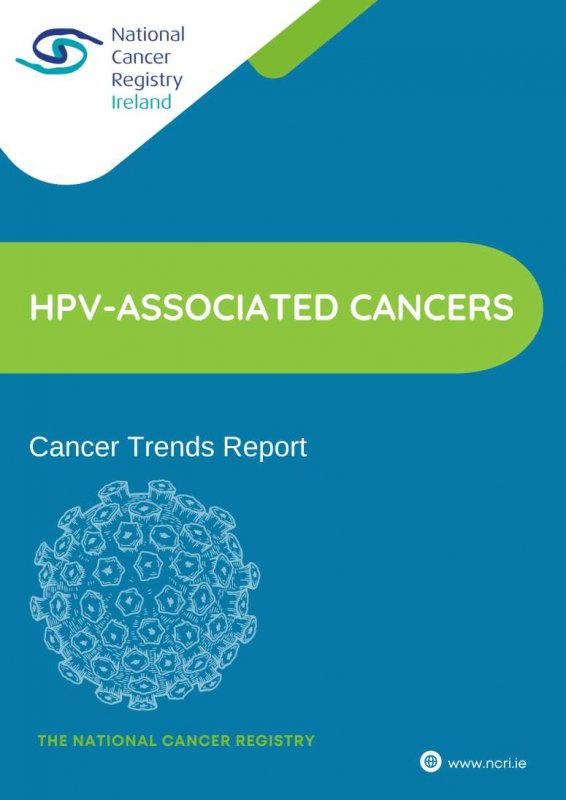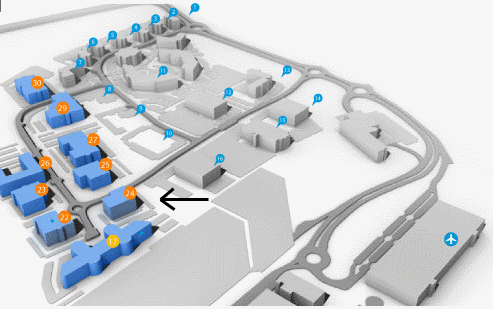Current Size: 100%
New cancer trends report focuses on HPV associated cancers

The latest trends report on HPV-associated cancers estimates that there are 641 cases of new human papilloma virus (HPV)-associated cancers diagnosed and 196 cancer deaths per year in Ireland, most of which are potentially preventable by HPV vaccination.
The report sheds light on the changing landscape of HPV-associated cancers, highlighting both the progress to date and the challenges that lie ahead. HPV is a group of viruses known to infect the genital area, as well as the mouth and the throat. HPV is now well-established as an important risk factor for cervical, vaginal, vulval, penile and anorectal cancers, as well as head and neck cancers. Almost all sexually active people develop HPV infections, and about half of these infections are with a high-risk HPV-type virus. These high-risk HPV infections are estimated to cause about 5% of all cancers worldwide.
The report can be found here
Key findings underscore the following trends. The incidence rate for most HPV cancers, apart from cervical cancer, is increasing in Ireland since the 1990s. Cervical, oropharyngeal and anorectal cancers are usually diagnosed at younger ages than other HPV-associated cancers. Many HPV-associated cancers are diagnosed early, apart from head and neck cancers, where the majority are diagnosed late. Survival rates for most HPV-associated cancers continue to improve, though survival rates vary by cancer.
Population screening for cervical cancer was rolled out in Ireland in 2008, with the positive impact of screening on cancer incidence being seen almost immediately. HPV vaccination was introduced for girls in first year of secondary school from 2010 and extended to boys in 2019. The national HPV vaccination programme is expected to prevent HPV infection and reduce the incidence of all HPV-associated cancers in the longer term.
Key findings include:
- HPV-associated cancers account for almost 3% of all invasive cancers excluding non-melanoma skin cancer (NMSC) in Ireland, but account for 7% of such cancers in young adults aged 20-49 years.
- The age standardised incidence rate for HPV-associated cancers, apart from cervical cancer, is increasing.
- The age-standardised incidence rate for cervical cancer has been decreasing since 2010, following the introduction of a population-based screening programme in 2008.
- Survival for most HPV-associated cancers has increased. Head and neck and anorectal cancer survival rates have improved more than penile or vulval survival rates.
- The stage at diagnosis varies by cancer site, with most cervical, vulval, and penile cancers being diagnosed early (at stage I or II), whereas the majority of head and neck cancers are diagnosed late (at stage III or IV).
News Archive
- April 2024 (1)
- March 2024 (1)
- February 2024 (1)
- January 2024 (4)
- December 2023 (1)
- November 2023 (1)
- August 2023 (1)
- June 2023 (3)
- May 2023 (1)
- January 2023 (2)
- November 2022 (2)
- October 2022 (1)
- September 2022 (2)
- August 2022 (3)
- June 2022 (2)
- May 2022 (3)
- April 2022 (2)
- March 2022 (2)
- February 2022 (3)
- December 2021 (1)
- 1 of 7
- ›
Building 6800
Cork Airport Business Park
Kinsale Road, Cork T12 CDF7
Email Contact us here
Tel: +353 (0) 21 4318014
Fax: +353 (0) 21 4318016





